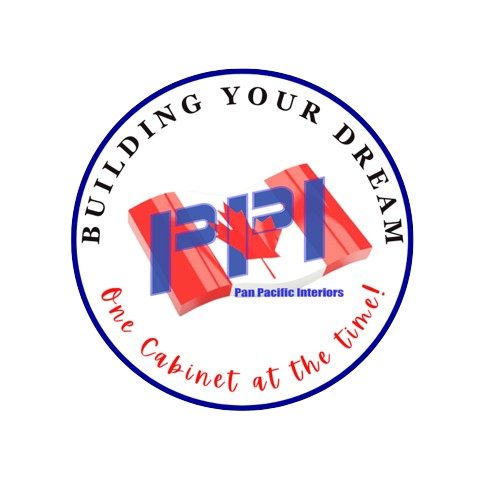🛠️ Key Mistakes and Solutions
- Drawers vs. Cabinets: Drawers enhance functionality in kitchens by allowing easy access to items at the back, unlike cabinets.
- Concealed Drawers: These may seem innovative for saving space and maintaining aesthetics but can be impractical. Regular drawers are recommended for ease of use.
- Push-to-Open Fixtures: While they offer a clean look, they are less practical since they cannot be closed with a simple push, unlike traditional handles.
🔨 Design Flaws and Recommendations
- Lighting: Proper placement of spotlights is critical. They should illuminate work areas without creating shadows. Additional under-cabinet lighting can improve visibility on countertops.
- Large Cabinet Doors: These can be cumbersome and risky in tight spaces. Using smaller doors on large cabinets can prevent accidents and improve kitchen functionality.
- Appliance Sizing: Ensuring appliances fit well within the kitchen layout is crucial. Overly large appliances can obstruct movement and detract from the kitchen’s aesthetic.
🎨 Aesthetics vs. Functionality
- Material Choices: The choice of materials like wood, stone, and laminate affects both the cost and durability of kitchen elements. A balance between aesthetic appeal and practicality is essential.
- Cabinet Fronts: Fingerprints can be a problem with glossy finishes. Matte or textured surfaces can help reduce visible smudges, maintaining a cleaner look.
🔌 Practical Tips
- Electrical Outlets: Adequate placement of outlets allows for versatile use of kitchen appliances without resorting to extension cords that can create hazards.
- Switch Placement: Logical placement of switches can enhance the functionality of lighting and appliances, making the kitchen more user-friendly.
